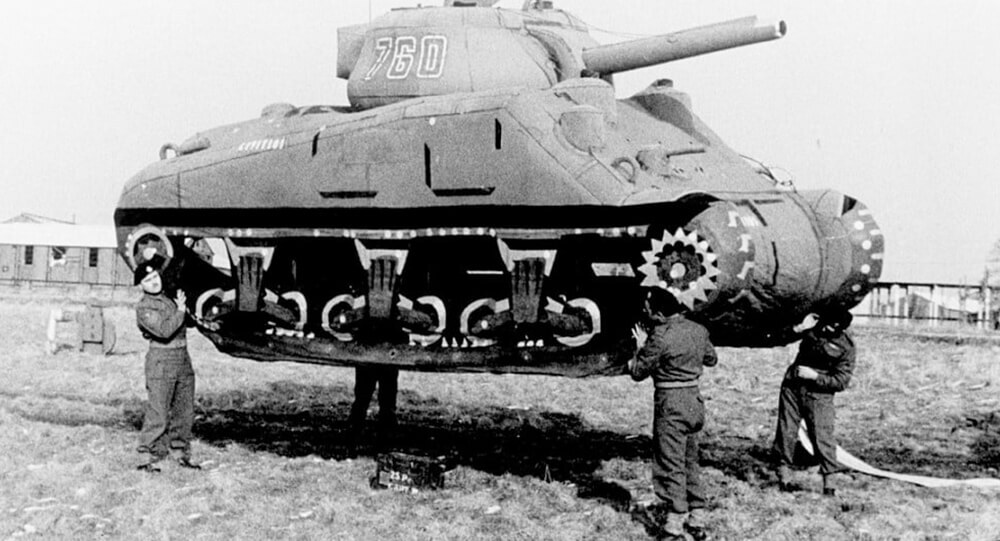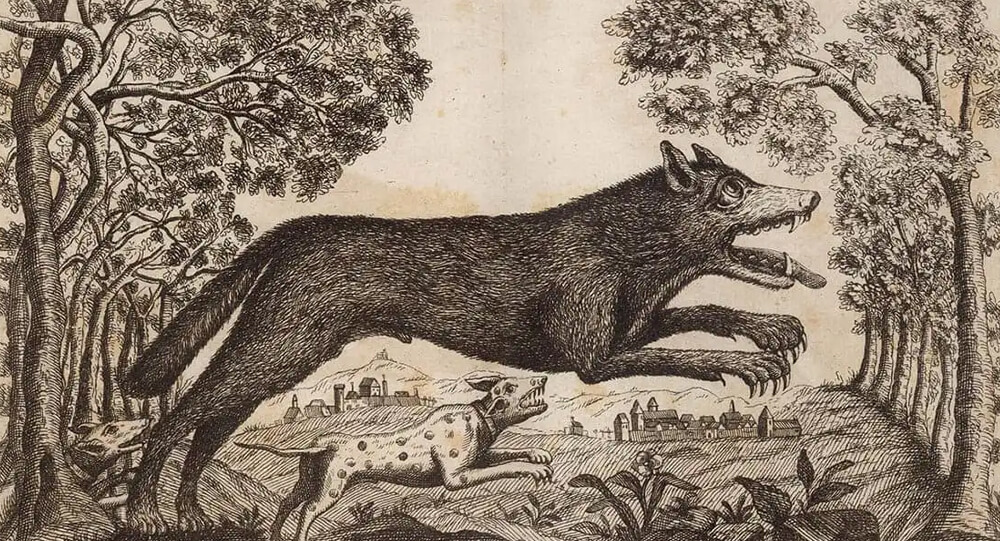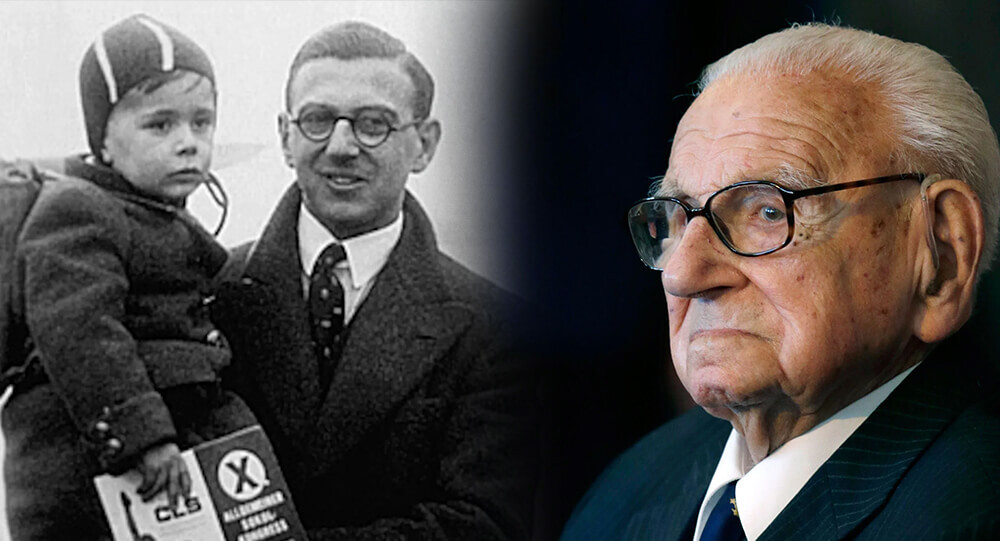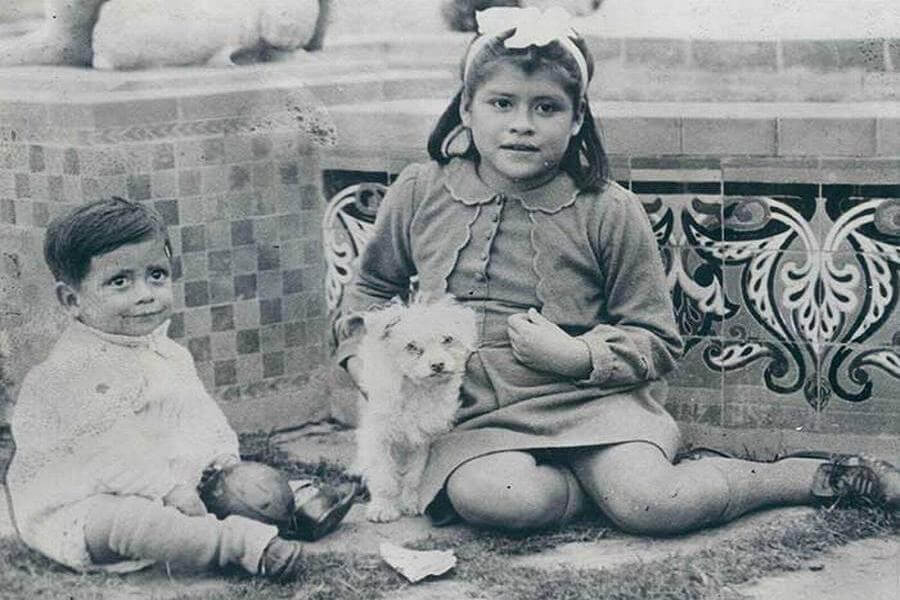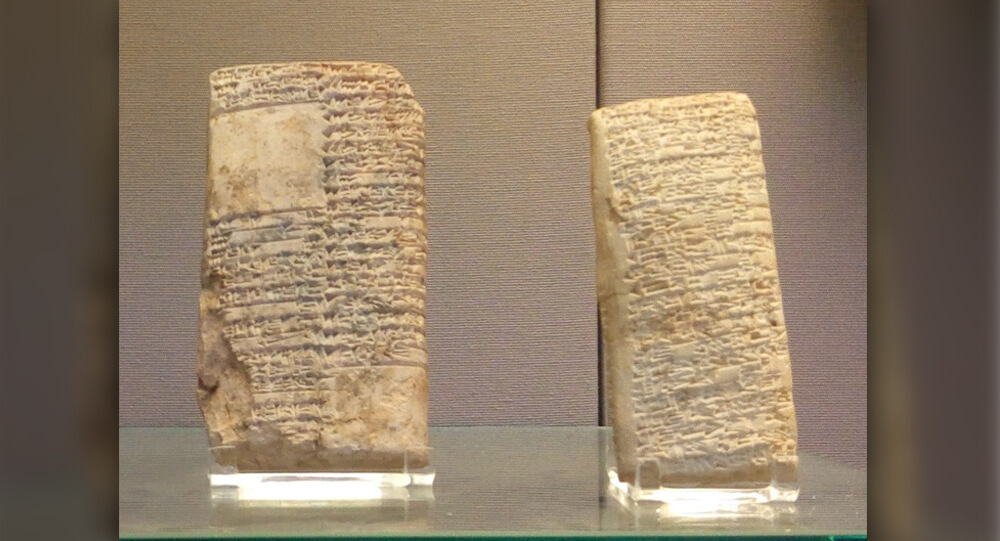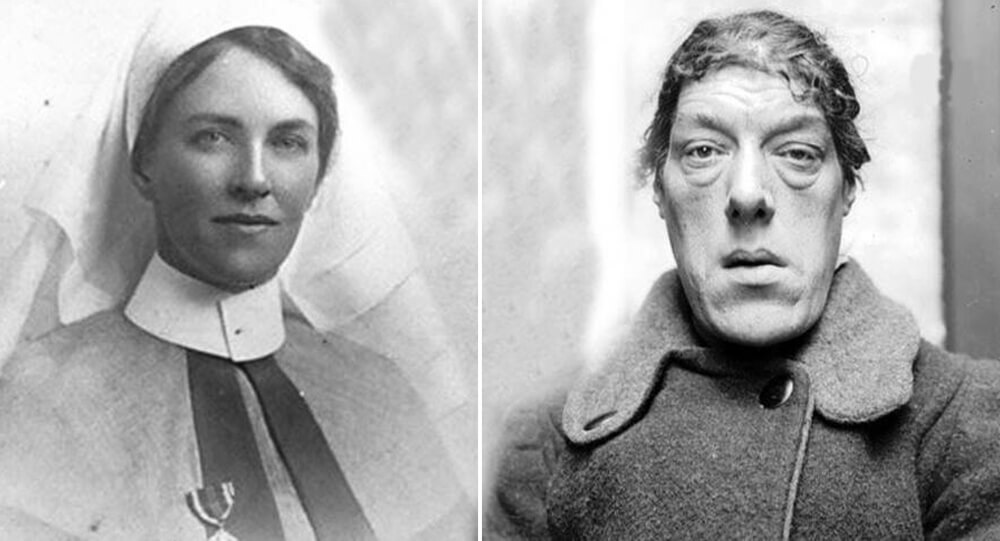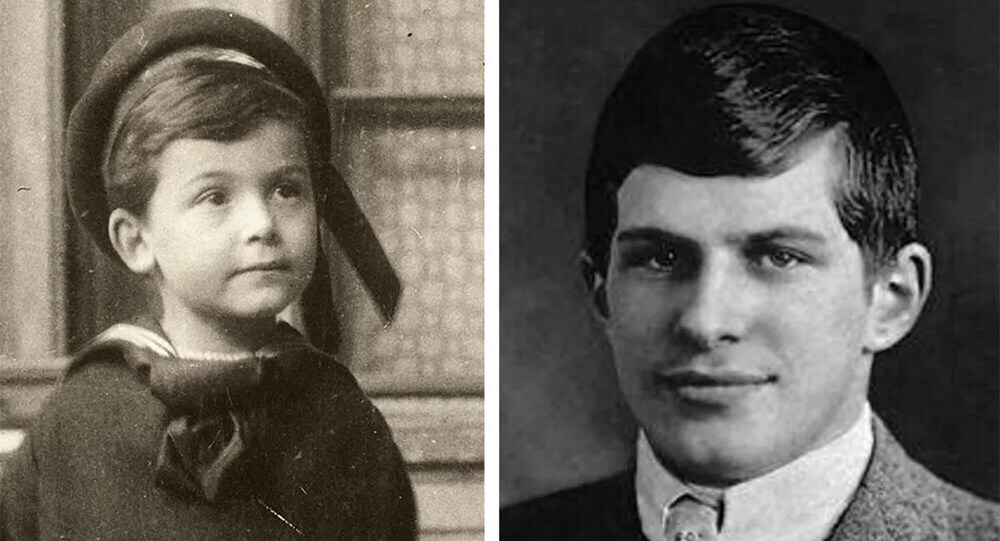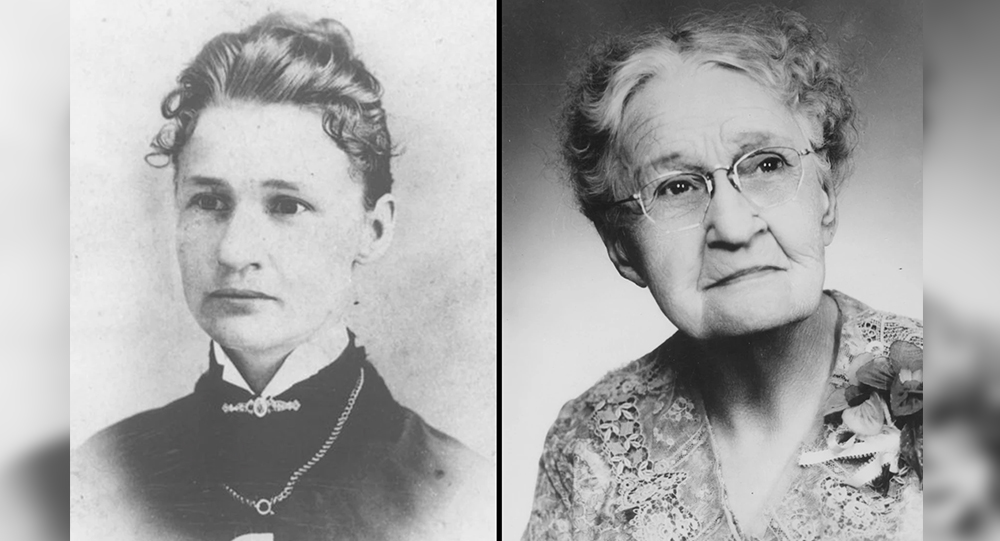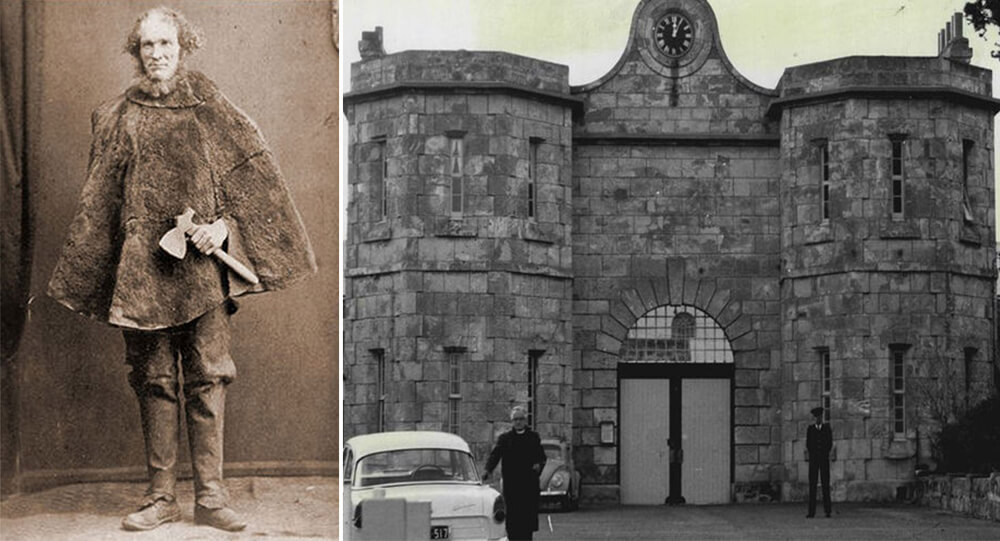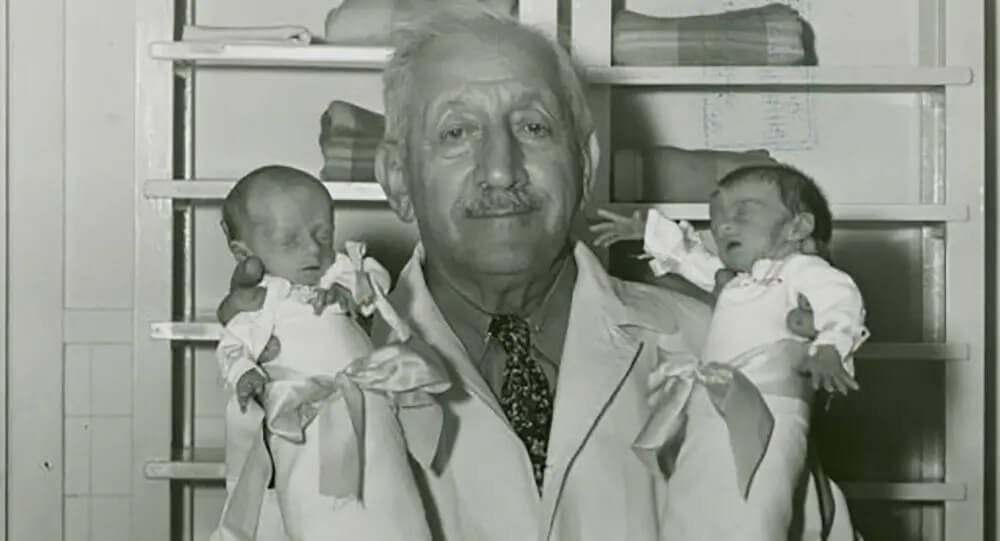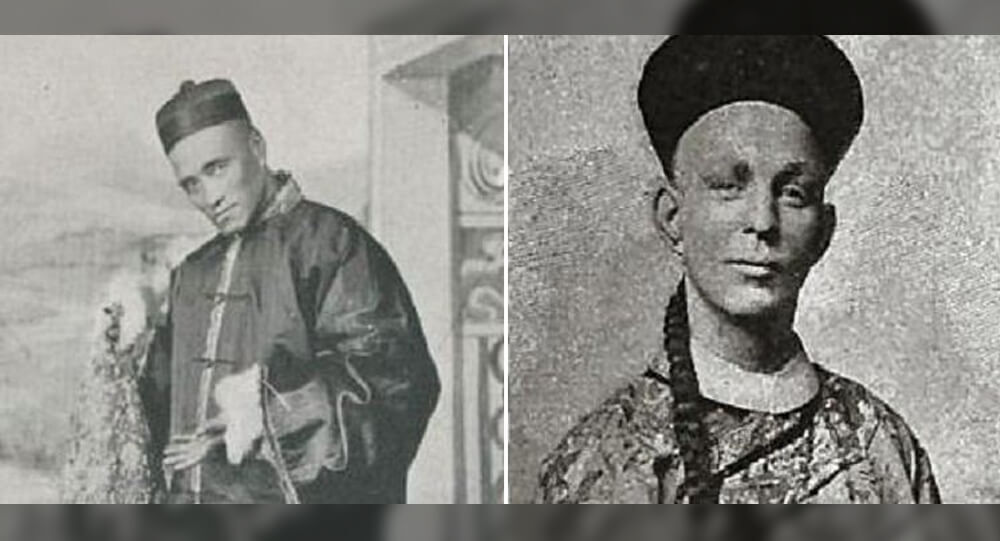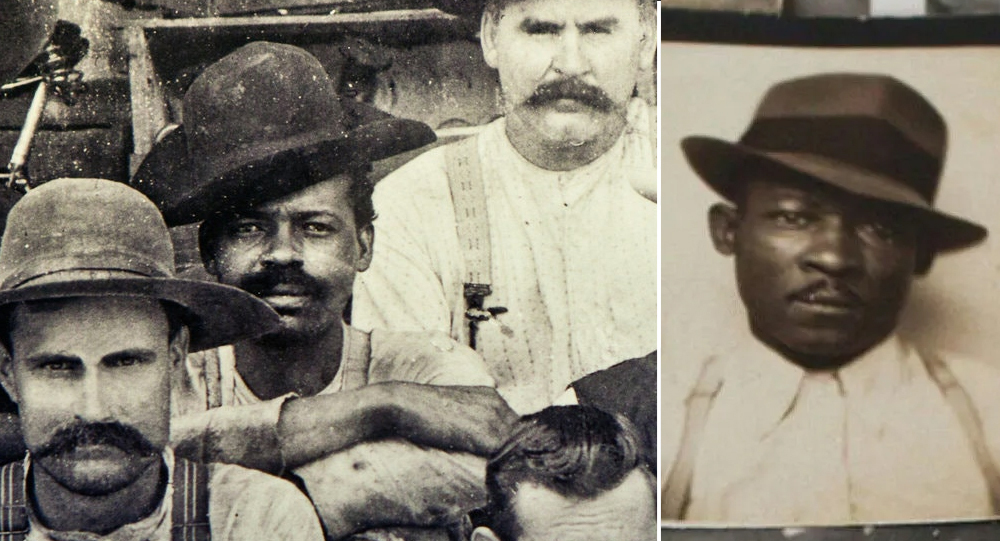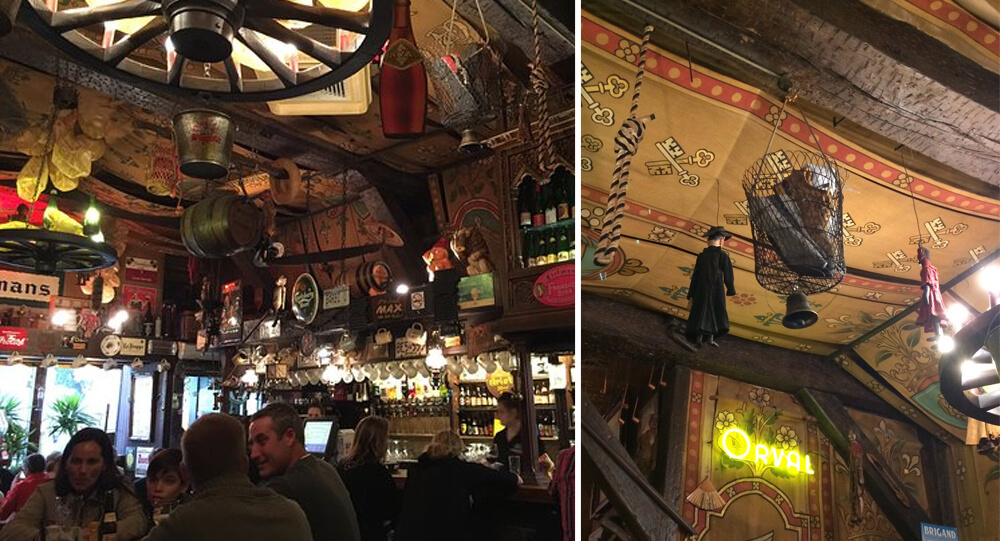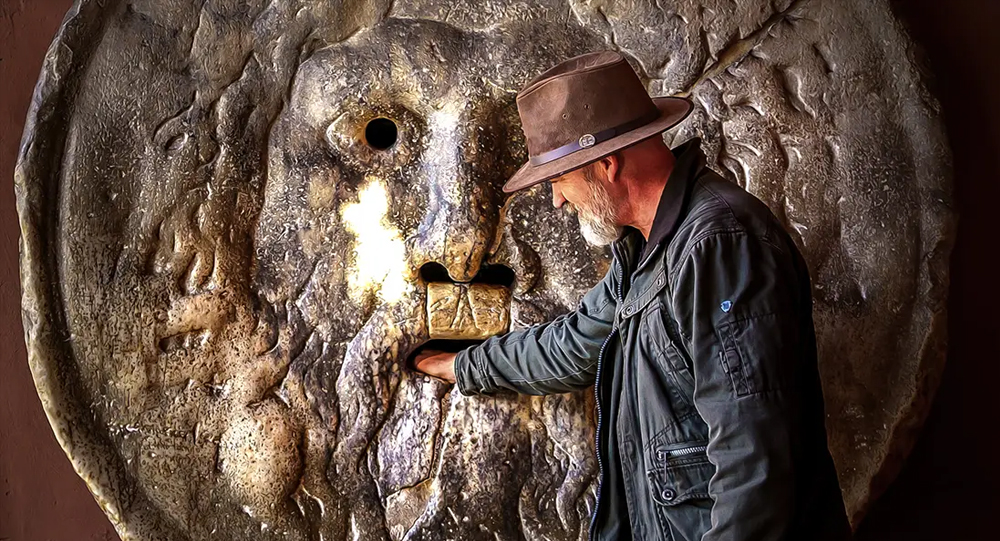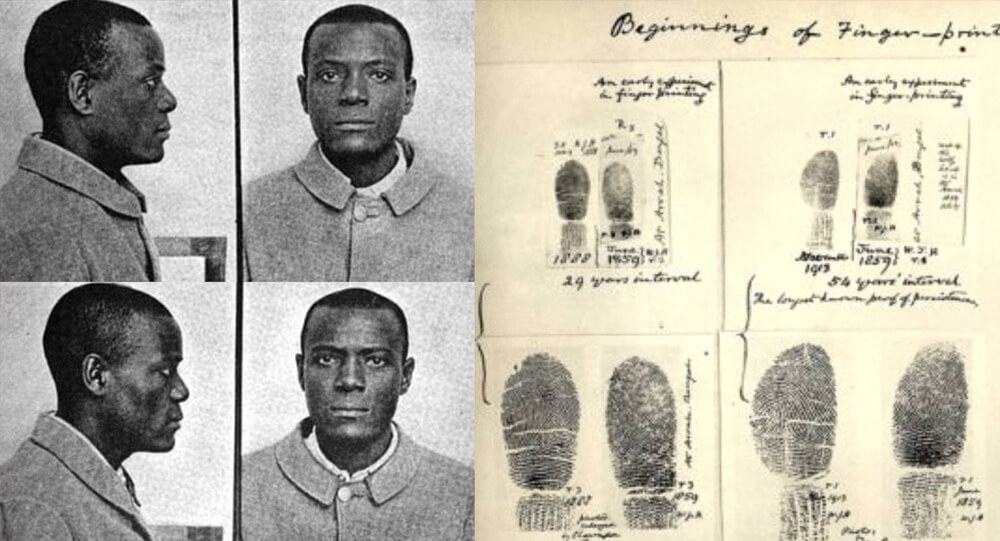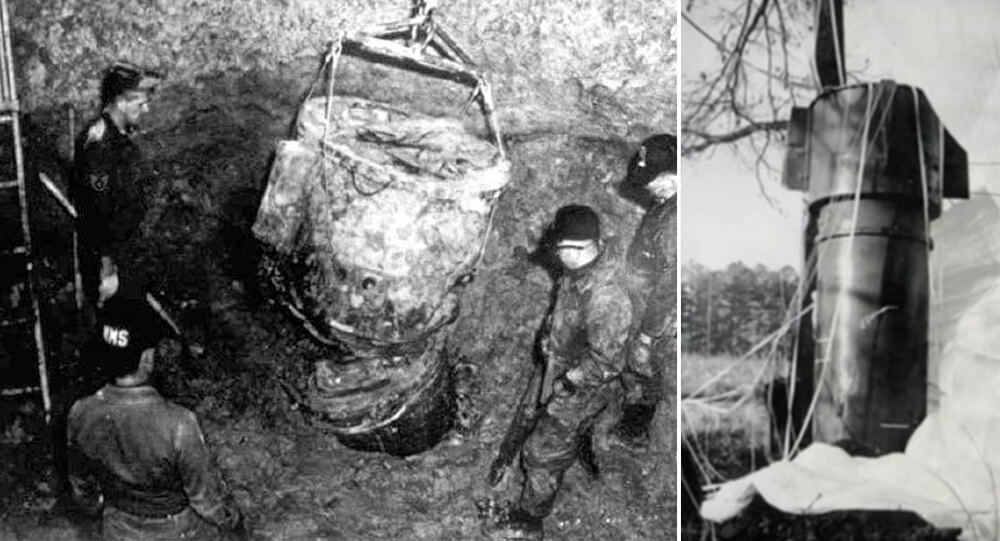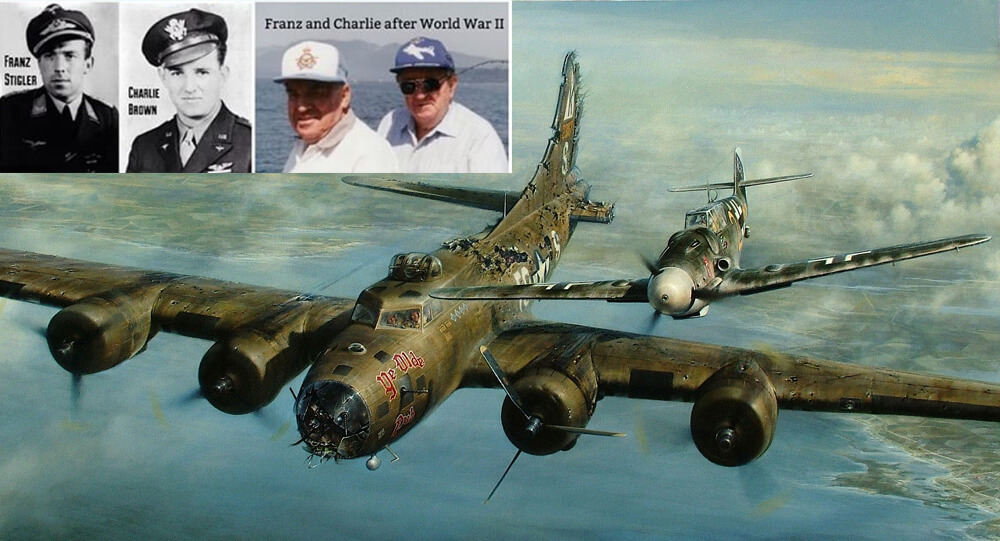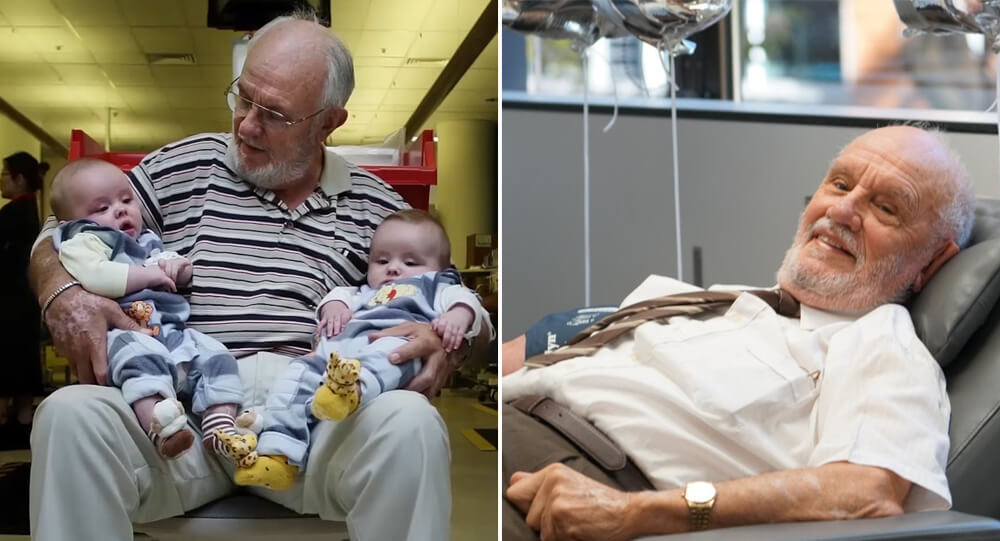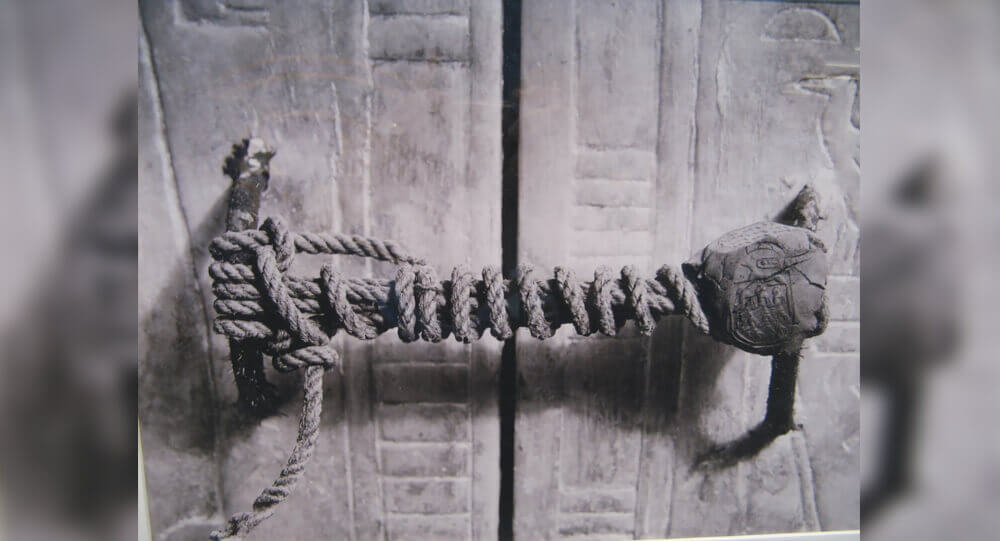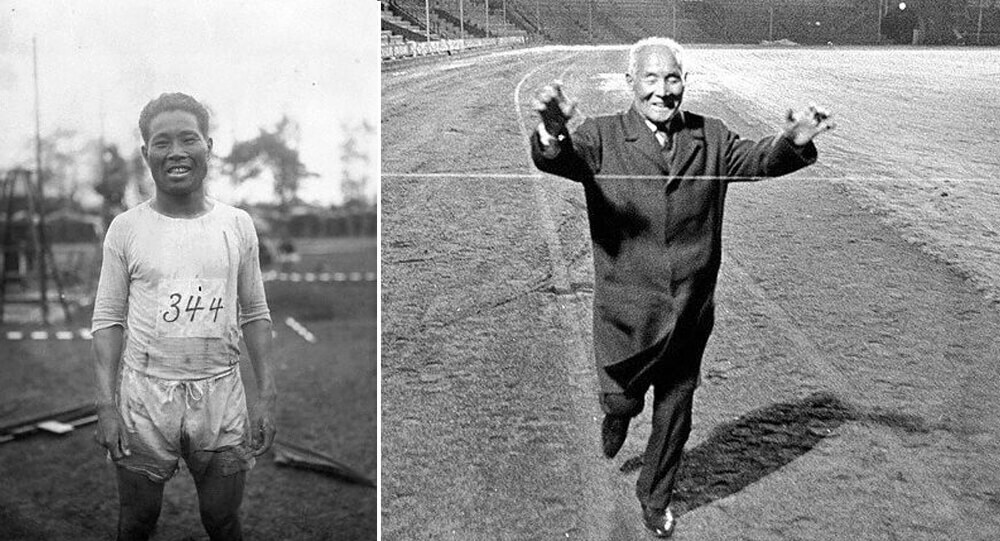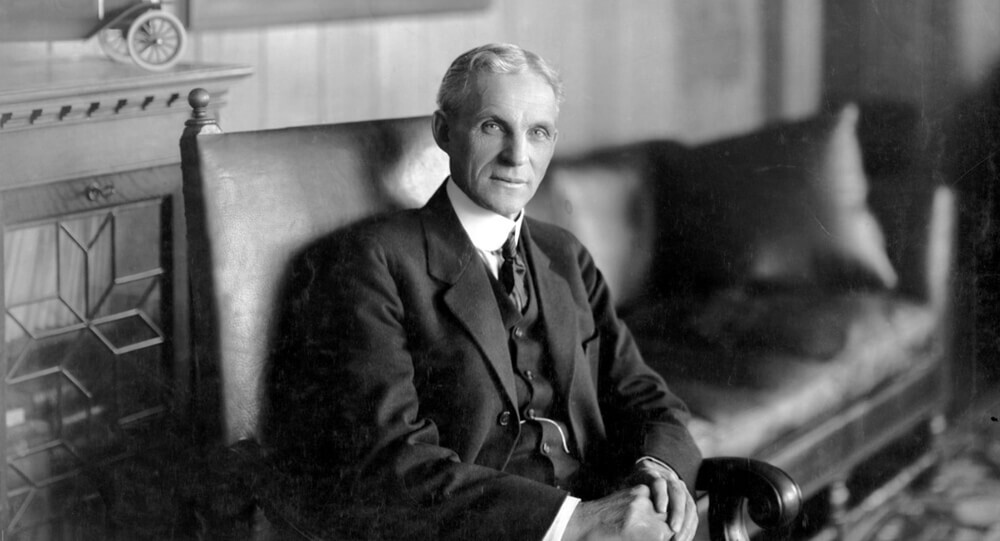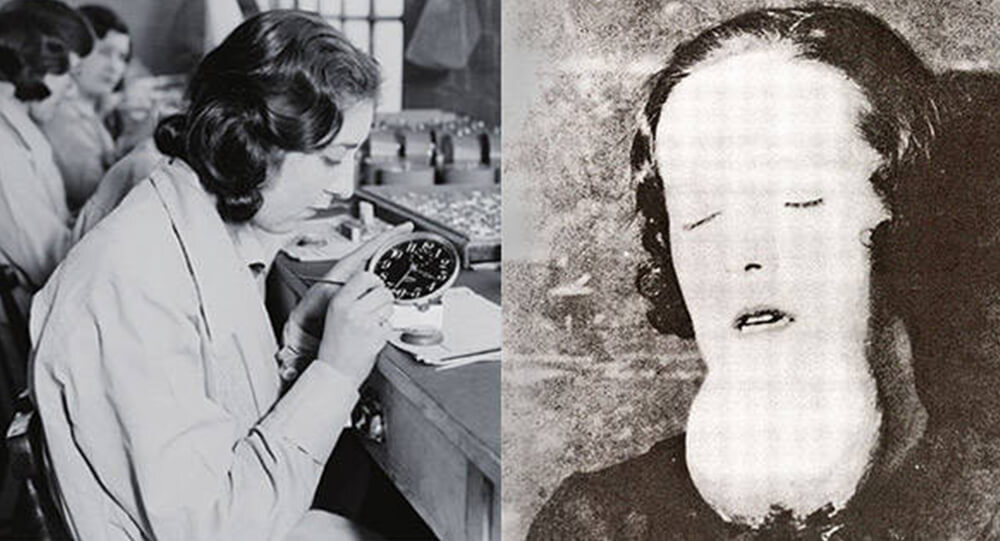The “Ghost Army Congressional Gold Medal Act,” which US President Joe Biden signed into law on February 2, 2022, essentially recognizes the “Ghost Army,” a tactical deception unit used by the US during World War II.
This unit was assigned a mission in 1944 to put on a show for the German troops in an effort to trick them and influence their decisions. They employed deception techniques such as sound effects, dummy trucks, personnel, and tanks that floated around. They had a 0.50 caliber machine gun, which was their heaviest weapon.
There are only nine Ghost Army veterans left, dispersed across the US, 77 years after this mission was completed.
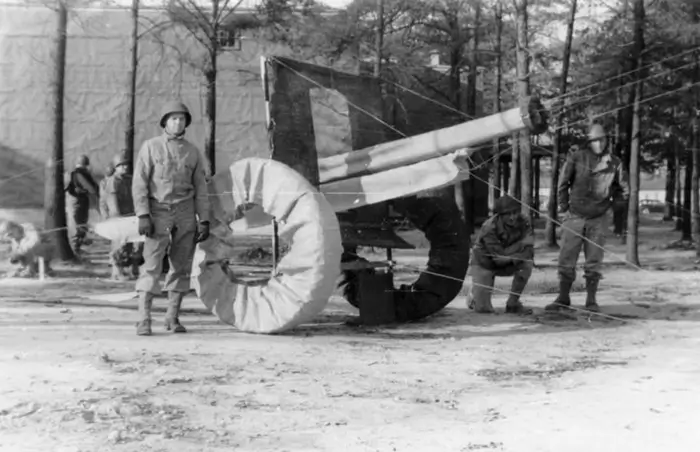
What is the Congressional Gold Medal?
The highest national recognition for exceptional accomplishments and contributions is the Congressional Gold Medal, which is awarded by the Congress.
Participants in the American Revolution, the War of 1812, and the Mexican War were the first recipients of the medal. Later, Congress expanded the eligibility for the medal to include pioneers in a variety of other fields as well as actors, authors, musicians, entertainers, explorers, athletes, humanitarians, and foreign recipients.
The US Capitol Police and those who guarded the US Capitol on January 6, 2021, the day of the siege, received the medal most recently.
The ‘Ghost Army’
After it was established in January 1944, the existence of the “Ghost Army” was unknown for about 50 years. The unit’s “strange mission” was to conceal American troop strength and location from the enemy.
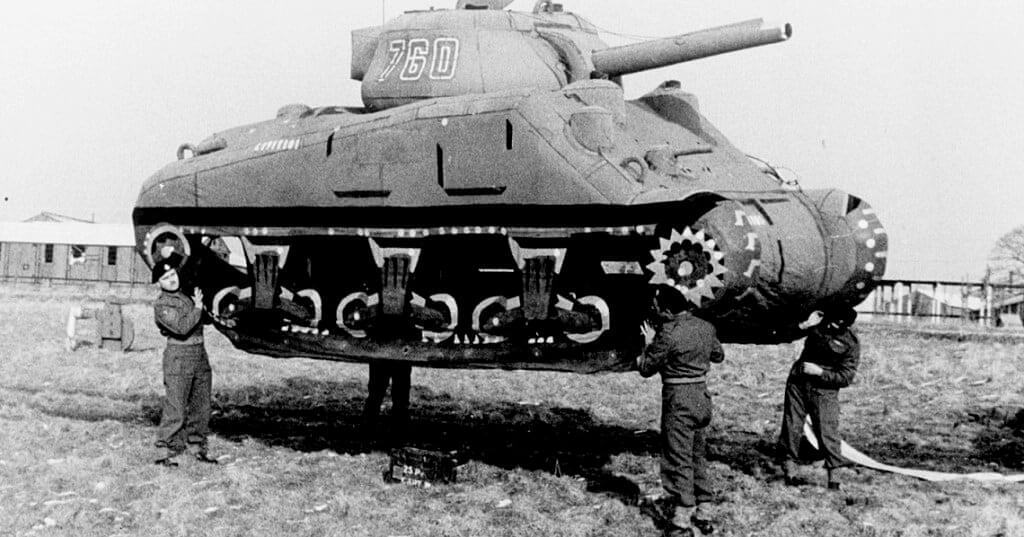
In 1996, when the official history—which was originally written in 1945 by Captain Fred Fox, an officer on the unit—became public, its existence was declared to be public knowledge.
Ghost Army is the collective name for the 3133rd Signal Company Special and the 23rd Headquarters Special Troops.
According to the unit’s official history, the US War Department activated it on January 20, 1944. Members of the units were trained and assembled pretty quickly in Tennessee. The unit served with four US armies in France, Belgium, England, Luxembourg, Holland, and Germany for a year and a half before it was on its way home.
The unit arrived in France with 1023 enlisted men and 82 officers in command. Four units provided the majority of the men and officers. Some of the members were New York and Philadelphia-based artists, while others were combat engineers and others had received special training in deception.
According to the book “The Ghost Army of World War II,” some of the members’ tasks included creating intricate models and using nettle as cover. Pilots would fly overhead and photograph these to show how the camouflage installations appeared. Since the inflatable personnel installations were immovable, they were not very effective.
Some operations of the Ghost Army
Operation Brest, in which the 23rd Headquarters Special Troops used sonic, radio, and visual deception, was one of the operations they carried out. The Ghost Army was tasked with inflating the apparent size of American troops at Brest, which was held by the Germans and was under siege by the Allies, in order to persuade the Germans to submit. According to the Ghost Army Legacy Project, they did this by fooling the Germans with inflatable tanks, noises, and illusions.
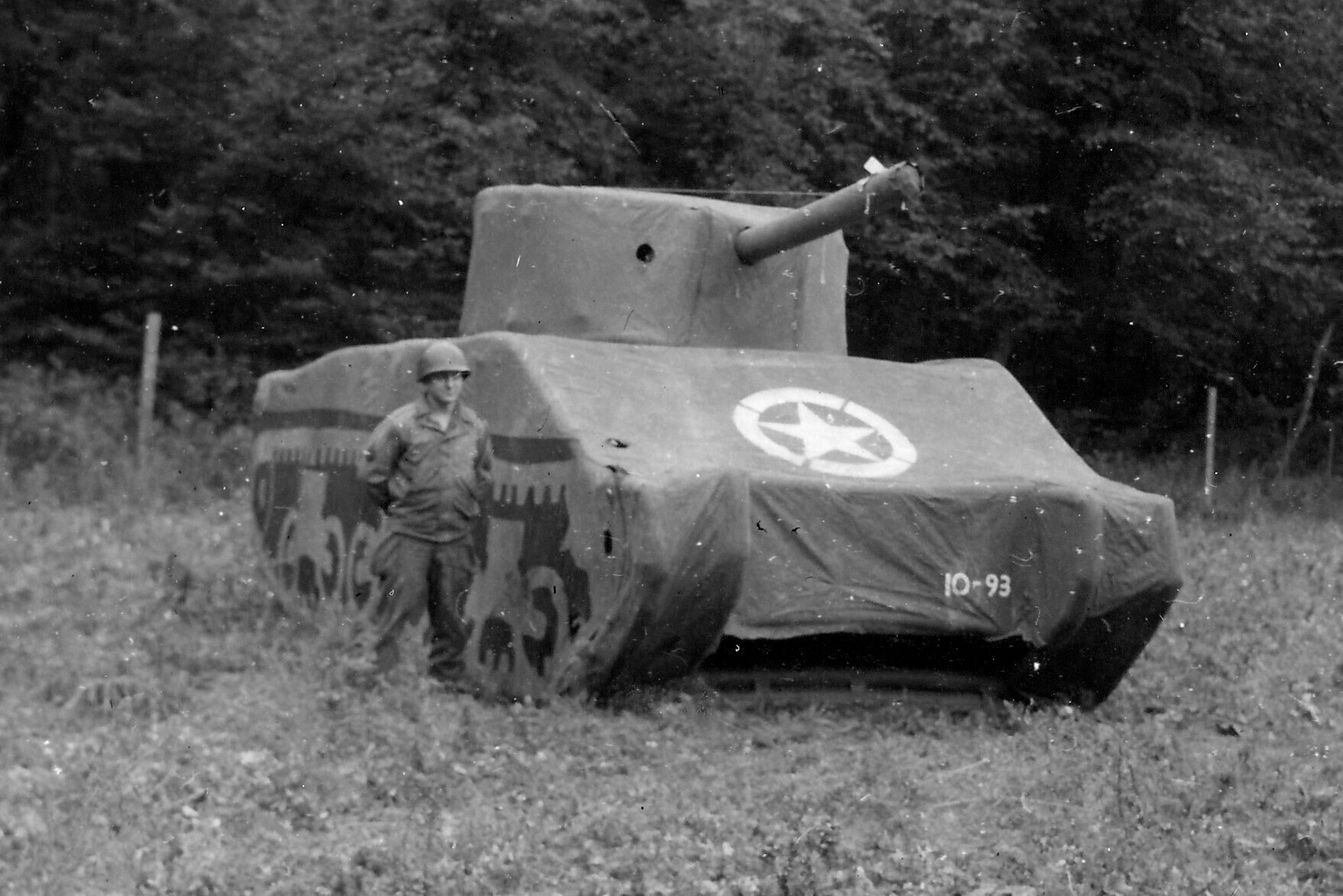
However, opinions on the unit’s accomplishments are still divided. The aforementioned book makes reference to a top-secret report that claims that overall, the army fell short of its potential. Despite a history of minor enemy intelligence manipulations that were successful, the report stated that tactical deception was characterized by a string of missed opportunities.
However, some specialists thought the work of the unit was worthwhile. One such person is a United States Army analyst by the name of Mark Kronman who praised the unit in a classified report. Rarely, if ever, has a small group of men had such a significant impact on the outcome of a significant military operation, the author noted in his article.

What Was the Beast of Gévaudan?
Between 1764 and 1767, a mysterious animal called the Beast of Gévaudan terrorized the French village called Gévaudan. It attacked and killed about 100 adults and children. While most believe it was a wolf, some say it may have been a wolf-dog hybrid, hyena or even a lion, but without any genetic evidence, the beast will remain a mystery forever.

The incredible story of a plane that lost its roof in mid-flight and the light signal that saved 94 lives.
On April 28, 1988, Aloha Airlines flight 243 was on the way to Honolulu from Hilo when a huge portion of the upper part of the fuselage blew off the airplane.

Why the Word ‘Pen’ Comes from the Latin ‘Penna’ Meaning Feather
The humble word “pen” carries a rich history rooted in ancient times, derived from the Latin word penna, meaning “feather.” Long before modern pens revolutionized writing, feather quills—especially from geese—were the essential tools of scribes, scholars, and artists. This article journeys through the origins of the pen, its evolution, and fascinating trivia about the timeless connection between feathers and writing.

Nicholas Winton ‘British Schindler’: Man who rescued 669 Czech children from Nazis
A man named Nicholas Winton saved 669 kids during WWII and lived almost all his life without letting people know.

story of the youngest mother in the world at age of five - Lina Medina
Lina Medina, a five-year-old Peruvian girl, became the youngest mother in history in 1939 when she gave birth to a boy.

Ea-Nasir: world's oldest written customer complaint
This clay tablet, written in cuneiform, is the oldest known written customer complaint about the delivery of poor quality copper ingots. Originally from ancient Babylon, the tablet dates back to 1750 BCE, and it was written by a customer named Nanni to a merchant named Ea-Nasir. It is currently housed in the British Museum.

The Tragic Story Of Mary Ann Bevan, The ‘Ugliest Woman In The World’
After the death of her husband, Mary Ann Bevan had no income to support herself and her children. She then decided to enter a contest where she won the title of “ugliest woman” and was later hired by a circus. She endured this ridicule from the world to provide for her family.

William James Sidis: The smartest person yet forgotten by people
William James Sidis, who was only 11 years old when he enrolled in Hardvard, finished his primary and secondary schooling in less than a year. He knew eight foreign languages by the age of eight and even invented his own language, "vedergood."

Susanna Salter: The Trailblazing Story of America’s First Female Mayor
In 1887, Susanna Salter became the first female mayor in the United States, elected in Argonia, Kansas. Her nomination was initially a prank by men opposing women in politics. However, she won by a landslide and served effectively, inspiring the women’s suffrage movement and breaking barriers for women in leadership.

Moondyne Joe: The story of Australia's most notorious prison escapee
A man named Joseph Bolitho Johns (A.K.A Moondyne Joe) broke out of Australian prisons so many times that the police were compelled to build a special cell just for him. He escaped from that as well.

Martin Couney, Saved Thousands of Premature Babies Wasn’t a Doctor at All
Martin Couney never qualified as a medical doctor. However, in the 1900s, he saved thousands of premature babies by exhibiting them in incubators at his Coney Island sideshow. Over the course of his career, he is said to have saved about 6,500 babies that had previously been written off by mainstream medicine.

Juliane Koepcke: The Teenager Who Fell 10,000 Feet And Trekked The Jungle to survive
In 1971, a high school student was sucked out of an airplane after it was struck by lightning. She fell 10,000 feet to the ground while still strapped to her chair and survived. Only to endure a 9-day trek to the nearest civilization.

The Bizarre (And Magical) Duel Between Chung Ling Soo And Ching Ling Foo
Ching Ling Foo and Chung Ling Soo were two magicians from the early 20th century who were bitter rivals. While Ching Ling Foo was genuinely Chinese, Chung Ling Soo was actually a New Yorker named William Robinson.

Nearest Green, America's first known Black master distiller
Nathan "Nearest" Green was an African-American head stiller who is now more frequently referred to as a master distiller. He was renowned for imparting his distilling knowledge to Jack Daniel, the creator of Jack Daniel's Tennessee whiskey distiller, after Jack Daniel was freed from slavery following the American Civil War.

Why This Belgian Bar Makes You Trade Your Shoe for a Beer
To prevent tourists from stealing their beer glasses, some bars in Belgium require people to hand over one of their shoes as a deposit which is then put in a basket and hung from the ceiling. These shoe baskets have also become an attraction.

The Mouth of Truth: Ancient Rome’s Legendary "Lie Detector" That Bit Off Hands
Discover the chilling legend of the Mouth of Truth (Bocca della Verità) in Ancient Rome—a massive carved stone face believed to bite off the hand of anyone who lied while inserting their hand into its gaping mouth. Uncover the truth behind its eerie reputation and how this ancient artifact became a symbol of honesty and fear.

Will & William Wests: The puzzling situation of two inmates who are identical but not related
These are the mugshots of Will West and William West, and they are not related. They were both sent to Leavenworth Prison at the same time, in 1903, and after some confusion, the staff understood they had two different prisoners with the nearly same name, who looked exactly alike. They are part of the reason fingerprints are now used as identification.

Saudi Arabia camel carvings dated to prehistoric era
Archaeologists were shocked to discover that a series of camels carved into desert rock faces in north-western Saudi Arabia are actually prehistoric, dating from 7,000-8,000 years ago - before either the Pyramids of Giza or Stonehenge were built.

Nuclear bomb accidentally dropped on North Carolina in 196
4 January 1961: The 4241st Strategic Wing's Boeing B-52G-95-BW Stratofortress, serial number 58-0187, was on a 24-hour airborne alert mission off the United States' Atlantic Coast.

Charlie Brown and Franz Stigler incident: Enemy became friends
During WWII, a German pilot spotted an American pilot’s crippled plane in the sky. Tailing it, he noticed that gunner was dead, crew injured, and they posed no threat. Instead of destroying the plane, he led it to safety. 40 years later, the two pilots reunited.

Man's Blood Helped Save Millions of Babies
Australian blood donor James Harrison has been one of our most impressive and valued donors, having donated for 60 years. Know his story, how he was a pioneer of our Anti-D program, and why this matters.

The unbroken seal on King Tutankhamun's tomb until 1922
The unbroken seal of Tutankhamun's tomb before it was opened in 1923, it was unbroken for over 3000 years.

Shizo Kanakuri’s 1912 Olympic Marathon Finished 54 Years
At the 1912 Olympics, a marathon runner quit and went home to Japan without telling officials and was considered a missing person in Sweden for 50 years. In 1966, he was invited to complete the marathon. His time: 54 years, 8 months, 6 days, 5 hours, 32 minutes, and 20.379 seconds.

Henry Ford, The man popularizing the concept of the weekend off
Henry Ford was the first Industrial Giant to give his employees both Saturday and Sunday off in the hope of encouraging more leisurely use of automobiles and thus popularizing the concept of the "weekend."

The true story Of The Radium Girls that change US labor laws
Hundreds of young women worked in clock factories during World War I, painting watch dials with luminous radium paint. The company lied about the risk of radiation, claiming there was no danger, which resulted in the death of the young women.

